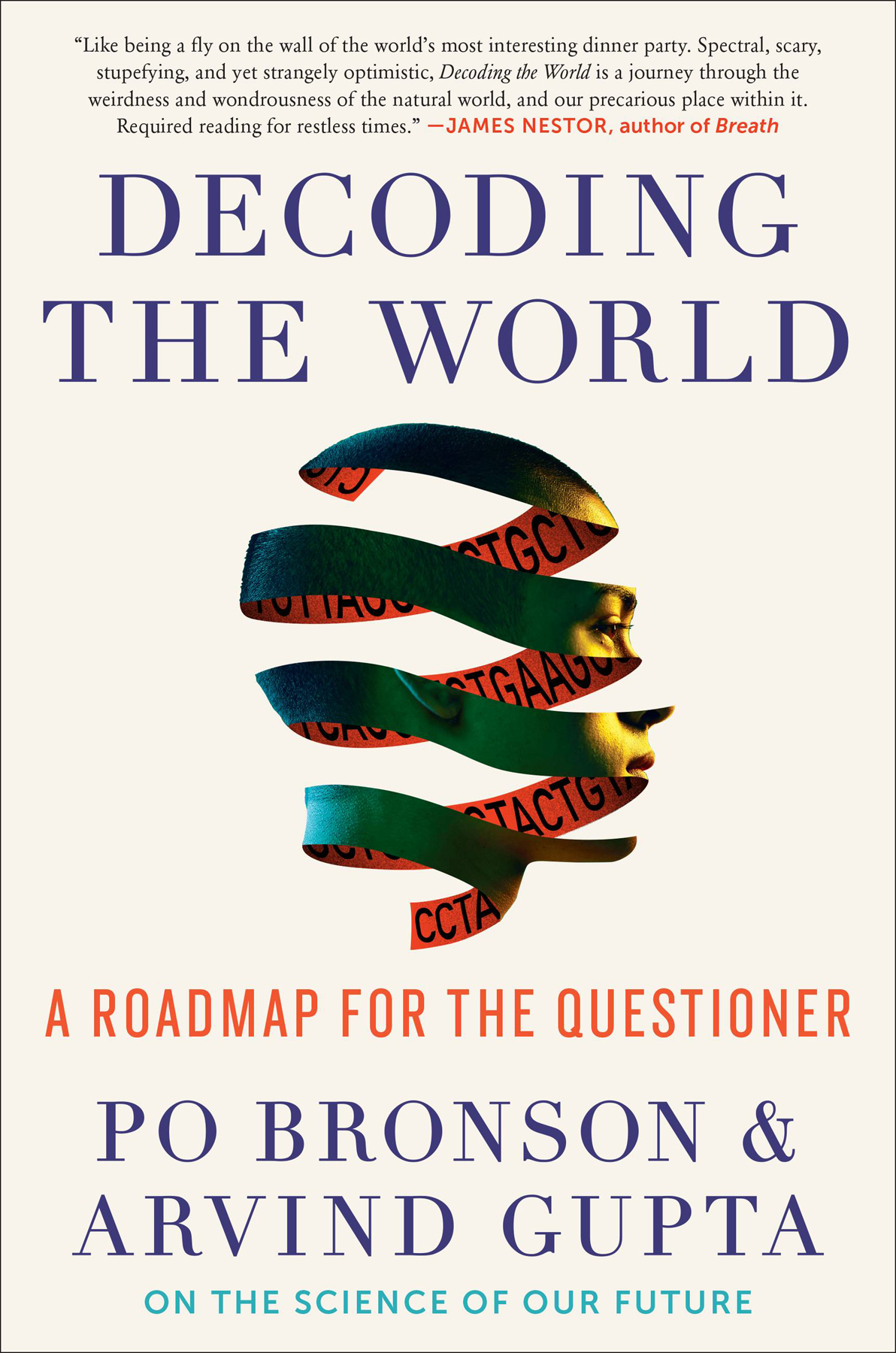
Copyright 2020 by Po Bronson and Arvind Gupta
Cover design by Jarrod Taylor
Cover copyright 2020 by Hachette Book Group, Inc.
Hachette Book Group supports the right to free expression and the value of copyright. The purpose of copyright is to encourage writers and artists to produce the creative works that enrich our culture.
The scanning, uploading, and distribution of this book without permission is a theft of the authors intellectual property. If you would like permission to use material from the book (other than for review purposes), please contact permissions@hbgusa.com. Thank you for your support of the authors rights.
Twelve
Hachette Book Group
1290 Avenue of the Americas, New York, NY 10104
twelvebooks.com
twitter.com/twelvebooks
First Edition: October 2020
Twelve is an imprint of Grand Central Publishing. The Twelve name and logo are trademarks of Hachette Book Group, Inc.
The publisher is not responsible for websites (or their content) that are not owned by the publisher.
The Hachette Speakers Bureau provides a wide range of authors for speaking events. To find out more, go to www.hachettespeakersbureau.com or call (866) 376-6591.
Print book interior design by Jarrod Taylor
Illustrations of authors heads by Kristrun Hjartar
Library of Congress Cataloging-in-Publication Data
Names: Bronson, Po, 1964- author. | Gupta, Arvind, author.
Title: Decoding the world : a road map for the questioner / by Po Bronson and Arvind Gupta.
Description: First edition. | New York, NY : Twelve, [2020] | Summary: In Decoding the World, Po Bronson and Arvind Gupta-two renegade venture capitalists from Silicon Valley-take everyday news headlines and decode them, leading us on a journey through their twisted and highly entertaining view of the world. Each chapter is prefaced with a real-world headline ripped from todays chaotic news cycle: Trumps trade war. Dying bees. Rogue planets. Beyond Meat. Glaciers melting. Bronson and Gupta then decipher whats really going on behind these headlines, and why. What they offer is first-hand experience in funding technologies to solve these problems, most of which involve genetic engineering. But what the authors then do with that premise is always surprising and unexpected. In one paragraph they are ripping it down to the bare bones physics or chemistry, and in the very next paragraph invoking history, philosophy, or psychology-while using literary devices borrowed from the surrealists, along with storylines from popular movies. The narrative holds a tightrope suspense, as we wonder what theyll do next, or what brazen thing theyll say. Decoding the World is the kind of book you get when you give two guys $40 million, a world full of messy big problems, a genetics laboratory to play in, and a set of Borges collected works. After looking through their lens, youll never see the world the sameProvided by publisher.
Identifiers: LCCN 2020014841 | ISBN 9781538734315 (hardcover) | ISBN 9781538734322 (ebook)
Subjects: LCSH: Genetic engineering. | Genetic engineeringMoral and ethical aspects.
Classification: LCC TP248.6 .B76 2020 | DDC 660.6/5dc23
LC record available at https://lccn.loc.gov/2020014841
ISBNs: 978-1-5387-3431-5 (hardcover), 978-1-5387-3432-2 (ebook), 978-1-5387-5419-1 (international)
E3-20200917-JV-NF-ORI
The cover image and design, by Jarrod Taylor, is inspired by the Dutch surrealist graphic artist M. C. Escher, whose works Bond of Union and Rind were, in turn, inspired by H. G. Wellss novel The Invisible Man.
The genetic code inside the ribbonthe bases of As, Ts, Cs, and Gsis not random. Here is the full code:
CTCTGTTAGCGTCTGCTCGTCAGCCTGTGAAGCCTGCTCCTAGTACTGTAGACTCATATCCTA
Using a simplified grade-school DNA writer, this can be decoded into plain text:
NOTHING IS INEVITABLE
Life will always be more work.
The only thing you can do is make it more fun.
Decoding the World, at its core, tells the story of a friendship. Its a buddy story. It starts with Po coming to IndieBioand ends two years later with Arvind leaving IndieBio.
Arvind created IndieBio as a laboratory for early biotech startups trying to solve major world problems. Glaciers melting. Dying bees. Infertility. Cancer. Ocean plastic. Pandemics.
There are some truths you can only learn through doing. And there are other truths you can only access by slowing down and really synthesizing. Arvind and Po embody this duality. Arvind is the fearless one, a radical experimentalist. Po is like the detective, patiently looking for clues others have missed. When they meet, their styles mix and create a quadratic speedup of creativity. Yin and yang crystallized.
The villain theyre fighting is inertia. The status quo. They find scientists to create companies to solve important world problems. But its hard. Capitalism fights back. One might say they are up against Isaac Newtons First Law of Motion, which says the bigger the mess, the easier it is to just keep going the same way weve always done it.
Unexpectedly, over the course of the two years, a classic Hollywood role reversal transforms them both. Arvind learns to think slower to build bigger. Po learns to act faster to see further.
As Arvinds departure draws near, he struggles to leave the sanctum he created. While Po has to prove he can keep the indie in IndieBio after Arvind is gone.
Throughout this book,  is Po, and
is Po, and  is Arvind.
is Arvind.
All of the text messages are seen from the screen of Pos phone, with Arvind on the left and Po on the right.

C raig needed three days to start testing.
Akash wanted to start a clinical trial in 10 days.
Melanie needed 32 days to grow antibodies and sequence them.
Franco needed 45 days for his CRISPR test, which would drop the cost of testing to five dollars.
First went the handshakes. Second went travel. Everyone canceled their trips.
Even in a crisis, people want to look smart and rational. There was a compulsion across society to use the little we knew to declare predictions. It took several weeks to recognize the futility of looking into the future. The only honest people were those who admitted, this is the unknown.
There was no plan, just a way. We all went home from IndieBio, vacating the lab so Francos team from Argentina could take it over and develop their test. After a day, we couldnt stand the feeling of retreat. This was not us. Our philosophy is action.
Then Arvind got the email from Akash.

Akash had a proposal to stop COVID-19. I forwarded it to the team.
Text from my sister, who is an eye surgeon at a major hospital in New York:
Sad case today. A 17-year-old with a bad injury from yard work. Full corneal laceration, traumatic cataract and retinal detachment. His father was so devastated. When we were talking he collapsed and hugged me out of sorrow. Now I feel like Im covered in corona.

Akash wrote that he had 735 kilograms of niclosamide on its way to the U.S. They were going to use it for a clinical trial as a form of birth control, as a spermicide. But they wanted to try it for COVID-19. They were in contact with the FDA. Niclosamide was invented by Bayer in the 1950s and was mostly used in the developing world to treat tapeworm. It had been pulled off the U.S. market in 1996, but it was still made elsewhere.



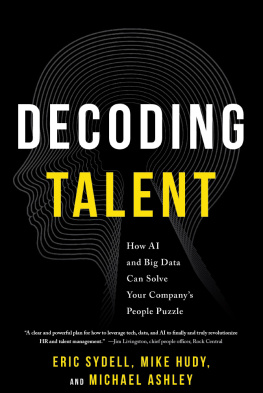
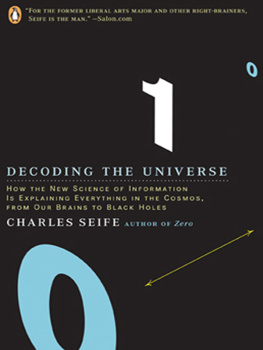
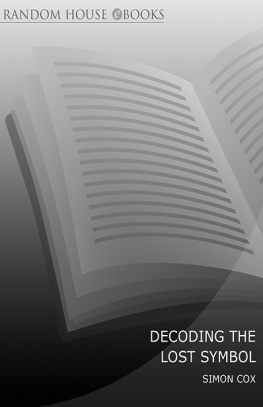
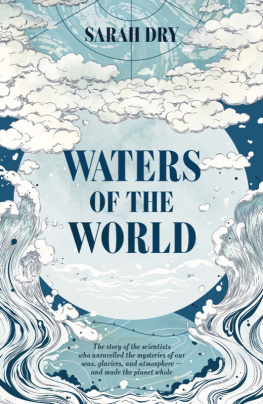
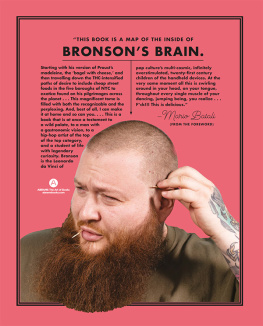
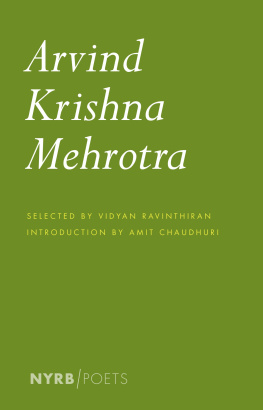

![Arvind Matharu [Arvind Matharu] - Understanding Cryptocurrencies](/uploads/posts/book/119680/thumbs/arvind-matharu-arvind-matharu-understanding.jpg)
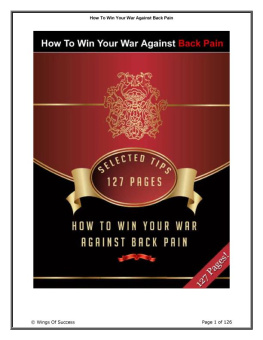

 is Po, and
is Po, and  is Arvind.
is Arvind.